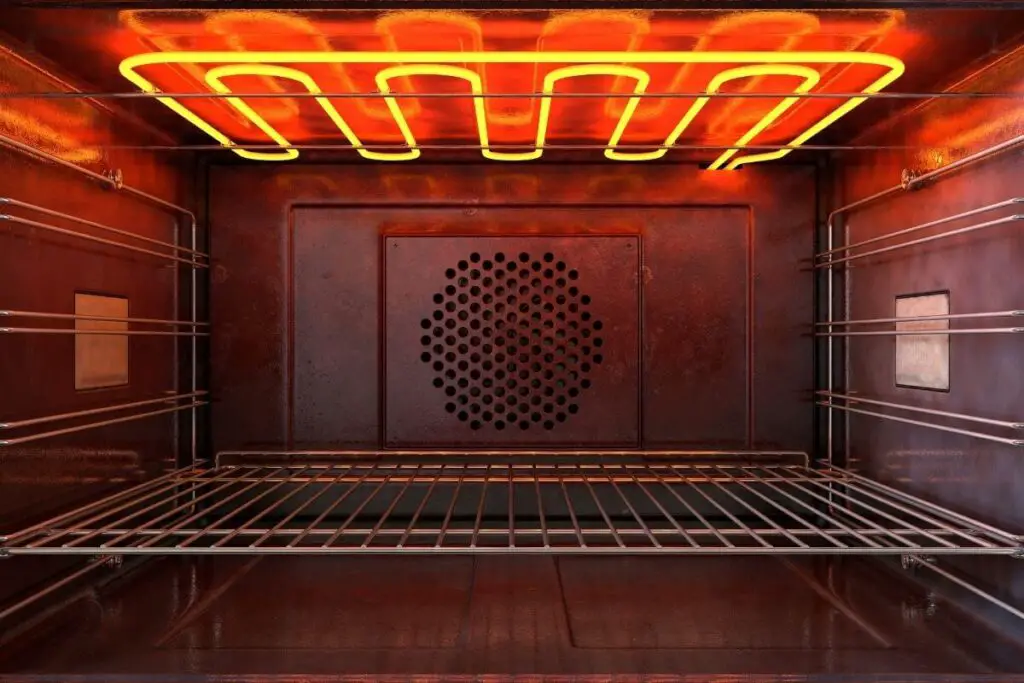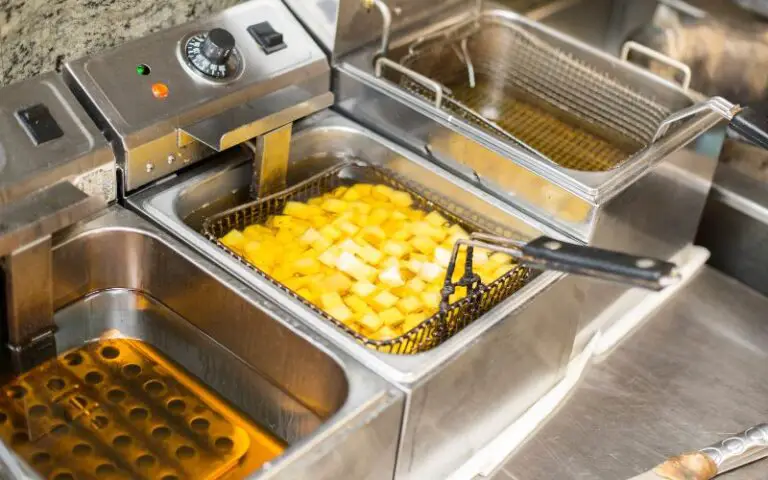Does A Pizza Oven Kill Germs? (Explained)
Last updated on September 11th, 2023 at 02:11 pm
Like most living organisms, germs can only tolerate a certain amount of heat. Any heat level surpassing an organism’s temperature tolerance range ultimately leads to its death. Germs are no different, or are they?
A Pizza oven can kill germs present in food. Most of the food prepared in a pizza oven would come out with most of the bacteria or virus on it gone, but this does not mean that the food has been completely rid of germs. A Pizza oven can not destroy bacterial toxins which are heat stable, neither can it destroy bacterial spores.
Does baking pizza kill germs?

Of course, baking kills germs that might be present on pizza.
The reason is that bacteria and all other germs can not survive in places with high temperatures and an oven, even a pizza oven, is one such place.
Like all other methods of cooking that involve heat, baking concentrates high temperatures on food, which is more than enough to burn up the germs that might have taken root in such food.
In addition, the baking process usually takes place in an enclosed area, no matter what kind of oven you use, and this prevents heat from escaping into the atmosphere.
Due to the lack of interference from the surroundings, germs have a meager chance of survival in an oven.
Baking, of course, kills germs, but like other cooking methods, baking can also have no effect on bacterial toxins pooling within your pizza.
However, as these poisons can survive harsh temperatures, heat, and other unfavorable conditions, your oven might destroy them.
For this reason, cooking spoiled food, say rotten meat, is highly dangerous. Yes, baking can kill germs, but spoiled food holds an alarmingly high amount of bacterial toxins immune to heat.
Meaning, cooking rotten food only kills off the active germs while the toxins move on to cause food poisoning in the body system of whoever consumes such food. In rare cases, it even causes death.
How does Pizza Oven Kill Bacteria on Food?

A Pizza oven kills bacteria with extreme heat, as like all other living things, bacteria have a temperature point where they can not survive past.
Ovens can reach extremely high temperatures, which can be deadly for germs and the people handling the pizza oven.
However, pizza ovens can reach temperatures surpassing the highest temperature scale of the average oven.
As a result of this, a pizza oven can eradicate most, if not all, of the disease-causing germs present on pizza.
Ovens, in general, employ a lot of extreme heat in the preparation of food, and this heat is usually above the tolerance range of many types of germs.
A Pizza oven, on the other hand, is faster and hotter than the average oven type, and this makes the baking process a whole lot faster and presumably germ-free.
Extreme heat breaks down the protein in living cells and halts the build-up of new cells to replace the old and dead cells.
Unfortunately, this process ultimately leads to the death of the living organism. By this means, the oven kills off bacteria with extreme heat.
Bacterial toxins are made up of chemicals and proteins which extreme heat cannot break down.
Therefore, any food that has been left standing open at room temperature for over two hours has been exposed to many bacteria.
Such food contains many bacterial toxins, which a pizza oven can not destroy.
What Temperature should the Pizza Oven be on to Kill Germs?

Most bacteria and viruses found in food can not survive temperatures of 165°F and above.
On the other hand, germs like bacteria typically thrive and multiply rapidly in temperatures ranging from 40°F to 130°F.
Depending on the type of bacteria, they stop multiplying as the temperature grows higher and start to die off if the temperature increases.
For example, active bacteria will die when your pizza oven is as high as 244°F.
There are certain types of bacteria, though, that can grow, multiply and thrive in areas of extremely high temperatures.
These types of bacteria are called hyperthermophilic bacteria, and your pizza oven would not be able to kill them without burning your food to a crisp.
However, you rarely find these types of bacteria in food, so your food and pizza oven should be relatively safe from them.
Are Pizza Ovens Alone Enough to Kill Germs on Food?

Pizza ovens are very efficient in killing off active germs and bacteria.
However, getting your food completely free of germs entirely depends on the temperature you set the pizza oven to and how long your food stays in the pizza oven.
Some germs have a very high-temperature limit, meaning they can survive in areas of extremely high temperatures for some time.
However, it is essential to note that active bacteria on food can be killed because they produce rapidly in favorable conditions and adapt quickly.
This means that the bacterial spores reproduced are inactive and numerous, so they might not be destroyed in the pizza oven.
Bacteria also protect themselves from being killed in an area of extremely high temperatures by developing into spores, which are very resistant to heat.
As a result, they would turn into active bacteria again once the food cools down.
This fact indicates that your pizza oven might only kill off the active bacteria and drastically reduce any chances of you getting ill.
Still, there might be a minimal amount of bacteria left in the food after it leaves the pizza oven. These bacteria are usually the ones developing from surviving bacterial spores.
How Long Does It Take to Kill Bacteria in Oven?

It takes only a few minutes of stable heat in an oven to kill bacteria present in your food.
However, some bacteria would take a few more minutes to die compared with other bacteria types.
However, it is important to point out that bacteria produce poisonous substances that are heat resistant.
And these toxins, as the name implies, are extremely poisonous to living organisms when ingested in certain amounts.
The bacterial toxins might survive the extreme heat of your oven and get consumed along with the food of your pet, other members of your household, or yourself.
For this reason, it is not advisable to quickly reheat food for fast consumption as many of the germs in such food have not been subjected to enough heat to kill them.
Food has to be exposed to heat for a good amount of time to ensure that any microbes present in it would be annihilated.
“Highly proteinous foods like meat and milk require a longer cooking period to kill off bacteria than dry, starchy foods like yams”.
It is not advisable to leave these protein-rich foods in the oven for a brief period because the few spores formed in the oven would rapidly develop bad multiply as soon as the food cools.
The less time the food spends in the oven, the faster it cools.
Conclusion
Although pizza ovens can destroy germs on food to at least a minimal amount that would not be of much harm to you, you should note that the type of food also determines how effective the baking process would be in freeing your food of germs.
There are food types that are generally hostile to bacterial growth.
By hostile, these types of food might be very dry, have a low protein content, and have a chemical makeup resistant to germs.
Any little amount of bacteria on these food types can easily be killed off in contrast to food that attracts bacteria, like meat. Also, it is very paramount to exercise caution when using your pizza oven.
Setting the oven to temperatures that are too high in an attempt to kill off germs might only end up in your food getting burnt, or worse, leading to house fires.
Clean your pizza oven regularly when not in use to prevent encouraging bacterial growth, as this would only end up in the contamination of your food during each use.







